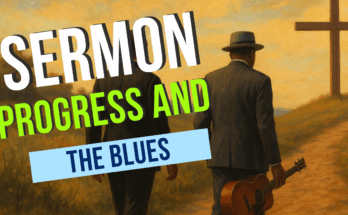As an Amazon Associate I earn from qualifying purchases.
I just realized that I do not have any posts that give an outline of my method for exegesis. Here is the basic process.
- Prayer – You should not open the Bible without praying for the guidance of the Spirit in understanding the principles found in the text.
- Initial Observations – Now before you really get into thinking deeply about the text you want to get the initial impressions. Read the text and simply note whatever comes to your mind. A title may come to your mind, a theme may come to your mind, and even a gospel song or hymn. Whatever comes to your mind write it down. Here you are at your most creative point. However you will need to refine these observations later.
- Analyze the Story of the Text – Here you look at the text as a story. Who are the players in the text? What role do they play? What do they do? Next where is God and what is God doing in this text? And finally where is humanity and what is humanity doing? What if the text is not a narrative? Well then you might look at the story “behind” the text. You miht look at the story of the author of the text. Now refine your observations from your initial read. Please note this comes from reading the text alone without any commentaries or other study helps.
- Analyze the History of the Text – What was going on at the time that can help you understand the text. Now you can begin looking at other resources like a good Bible dictionary. Here you want to know who wrote the text and what was the occasion that brought forth the writing?
- Analyze the Arguments in the Text – It is one thing to know what the text is trying to convey, but it is another thing to know “how” the author conveyed that truth. In other words what words were used to teach the truth? What illustrations were used? Preachers can often find the illustrations in the text itself.
- Analyze the Theology of the Text – What is the author of the text trying to say about God? What kind of God does the text project?
- Analyze the use of Power in the Text – Where is the power in the text? Who has it and how is it used? Does humanity have power? What kinds of power are in the text? Are they spiritual or temporal? What is the nature of the power? Is someone or something trying to take the power?
- Analyze the Senses in and from the Text – Look at the text for things that affect the senses. What do you smell in the text? What do you see in the text? What do you feel in the text? One might see a rugged mountain sloped downward when we see Jesus in the desert. This might be of use in our sermonic preaching. What about the smells. It might be interesting that the prodigal son saw the bright lights of the city as welcoming when he was coming, but by the end of the story, the were a repellant. Think about how the text affects your senses.
- Analyze the Feelings in and from the text – How does the story make you as a reader feel? How do the different characters in the text feel?
Now after having gone through these steps you are ready to move to the sermon. Simply summarize and synthesize all of your work into two pages and then you are ready to move on to structuring the sermon.
Updated 11/23/08
Amazon and the Amazon logo are trademarks of Amazon.com, Inc, or its affiliates.






thank you for being a blessing in sharing with those of us that are unfamiliar with how to properly exegete a message, i just came a cross your site ,if you are ever in Idaho,please look me up – and yes there are black people in idaho(LOL)
I’ve followed your teachings for several years and often recommend your work to preachers young and seasoned. You are a blessing to the Body of Christ. You may never fully know the impact of what you do! To God be the glory and may he continue to shine favor on your kingdom assignments.